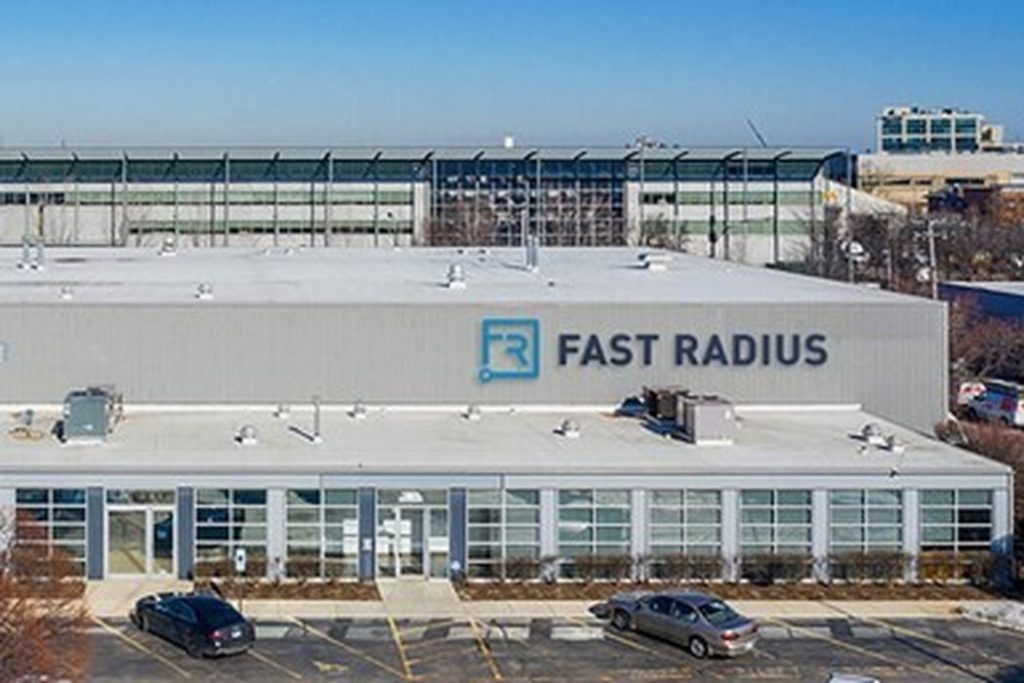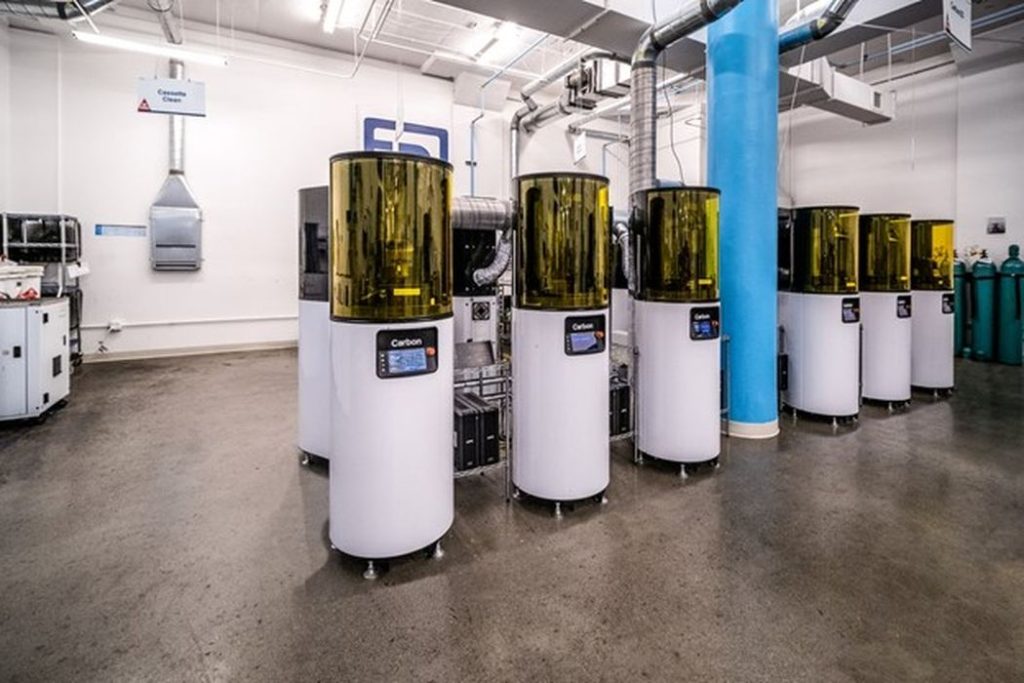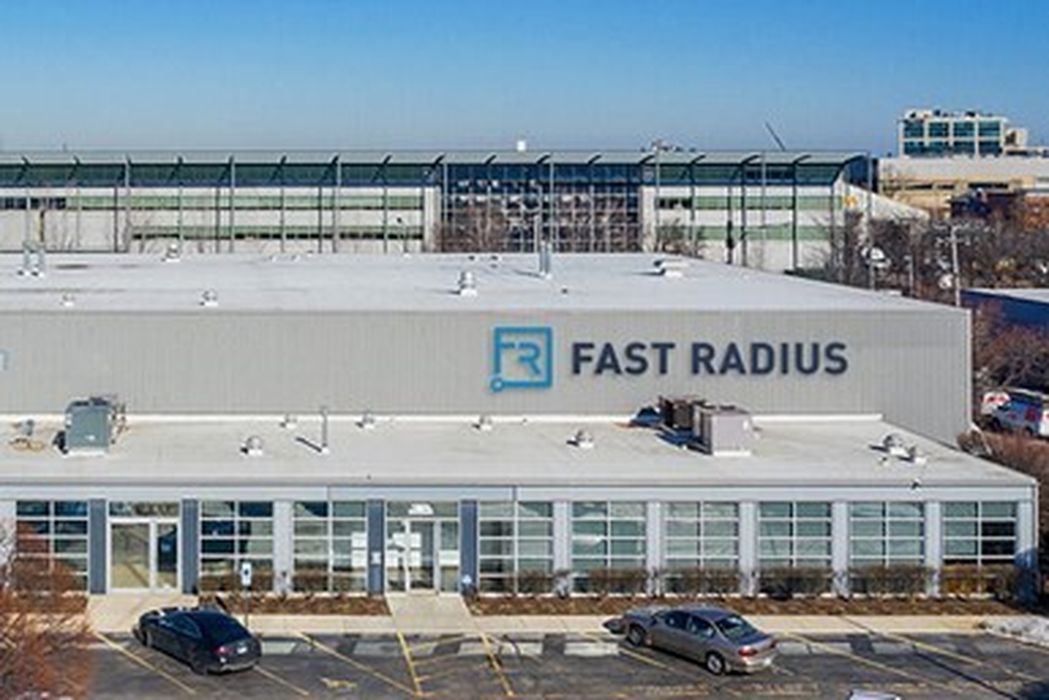
A 3D printing hub with dreams of push button manufacturing ends up in a fire sale.
3D printing start-up Fast Radius has been acquired by SyBridge Technologies, a Midwest-based manufacturing firm, for $15.9 million—a fraction of the investment Fast Radius had garnered over the years. It was a deal that got SyBridge a $200 million investment for less than ten cents on the dollar. It was a keep-the-lights-on, desperation move for the floundering startup that burned through most of its cash. It was the only move that remained.
What does it say about the future of 3D printing hubs, the core of Fast Radius’ business model?
“Recent winds in the capital markets” was the reason cited by Fast Radius CEO Lou Rassey for his company’s demise. Indeed, venture capital had run dry, as hot Hungarian CAD startup, Shapr3D, was to attest. But Chicago-based Fast Radius was in another industry, another league as far as raising capital, a talent capped off with a “blank-check” SPAC IPO. Everyone thought this business was a sure thing. Until it wasn’t.
Fast Radius came to our attention after UPS (yes, the shipping company) led investors in a $48 million Series B investment round. That much green for Big Brown was hitched to a dream of shipping 3D printed parts from their distribution centers. What happened to that dream? And can the dream of a 3D printing hub be revived from the rubble left of Fast Radius?
Pursuit of this dream left Fast Radius with $8 million in the bank by February 2022, according to 3D printing industry bellwether 3Dprint.com. The SPAC IPO brought in $70 million – not enough to stave off disaster. In November, Fast Radius declared Chapter 11 bankruptcy and gave any and all potential white knights one month to make their best offer. The usual suspects, including UPS, must have declined. What could have been a bidding war at the height of 3D printing fever now turned into a salvage operation.
The Fast Radius story was an easy one to believe. UPS was sold on the idea of “microfactories” that produced 3D printed parts near transportation and shipping hubs. We were sold on the idea of push-button manufacturing, the dream of sending a design off to a service and having the parts show up at your door in short order. Was “tools in the cloud, parts in your hand” —a motto emblazoned on Fast Radius website—pure genius or were we only attributing genius to someone who agreed with us?
In Fast Radius’s defense—and ours—the promise of manufacturing as a service is theoretically possible. Here was a company geared up, moneyed up and willing to make 3D printed parts as easy as engineers pushing a button. They were others in whom we trusted: Xometry, Protolabs, Materialise, Shapeways and Fictiv, to name a few. There were industry trends we promoted, like the digital thread. With Fast Radius, we had a a company that read your CAD file, gave you an immediate cost to create and deliver.
What went wrong? Were there not enough of us asking Fast Radius to deliver on its promise?
It was not for a lack of customers. Fast Radius had more than 2,000 customers and 23,000 users of its software, according to the press release.

The local business journal (Crain’s Chicago Business) put Fast Radius on its top 50 fastest-growing company list on the strength of the manufacturing center in Chicago’s Goose Island. The facility was full of CNC machines and at least one high-end, production-ready (and expensive) HP MultiJet Fusion 3D printer. It was the second such microfactory, the first being a much publicized production facility near UPS’ “worldport” in Louisville, Ky.
Fast Radius’s fire sale leaves us with more questions than answers. What other high-flying parts-to-order services are next to go under? Is the market for 3D printed parts simply not as big as everyone thought?
Read the rest at ENGINEERING.com

